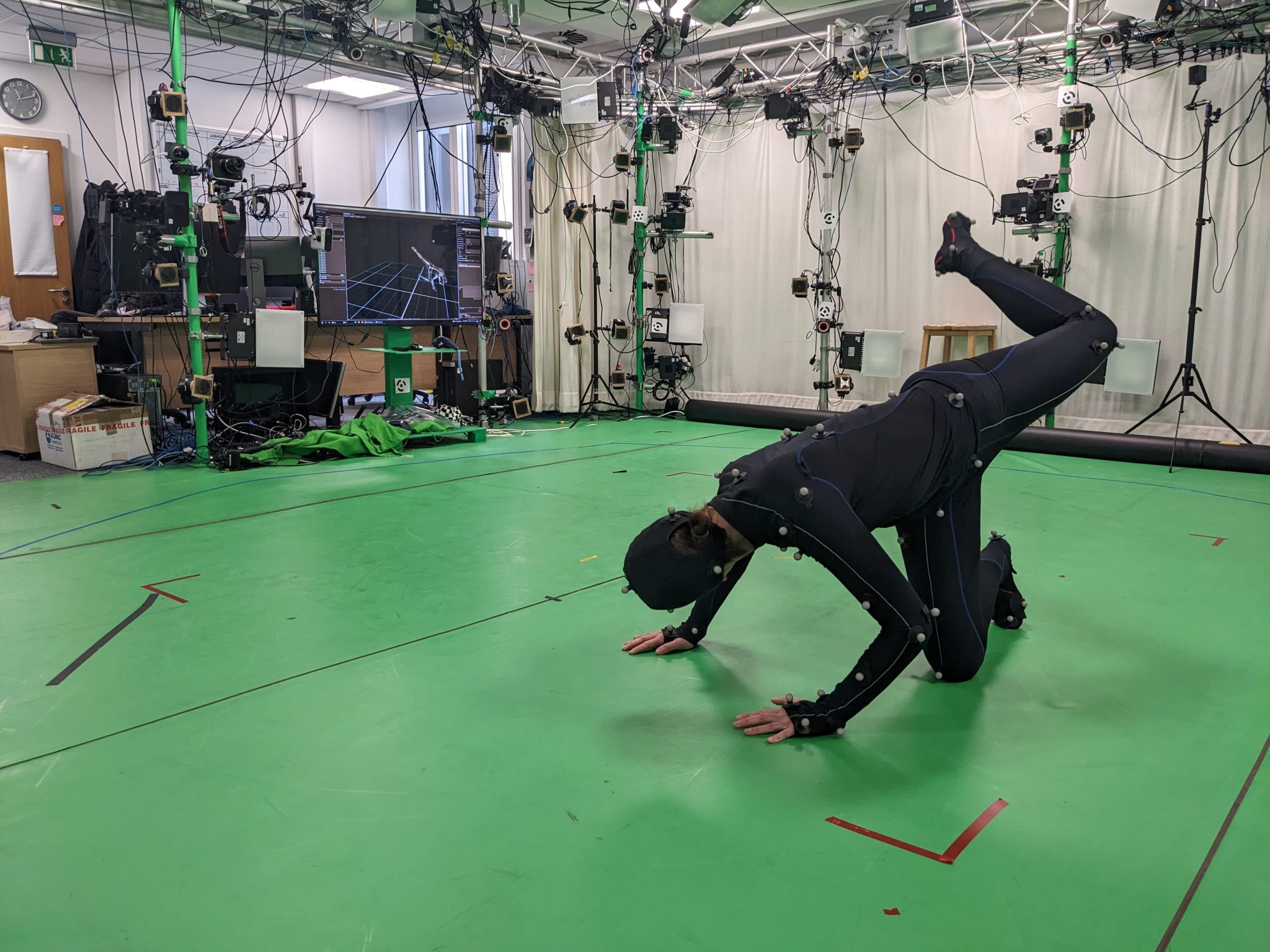Designing Ghosts
Interactive storytelling in public space
Creating a story to be experienced in public space is a multi-layered challenge – and just transplanting other forms of storytelling into this new context often doesn’t work, because the mode of engagement is just so different. The route from Trafalgar Square to Big Ben is busy and stimulating. Listening can be tough – it is easy to get distracted when there are a lot of living people around you. Phone screens are small, technology often lets you down when it’s pitted against the real world – and that’s when it actually works.
And yet – the allure of making a story that isn’t hidden away in a safe dark room – that interrupts a real place, with all the chaos and magic of real life – this is what we were excited by. We spent a long time during the development process finding out what you should actually do in Ghosts of Solid Air – alongside wandering around, looking at things and listening to the audio. Interactivity is often built around a specific action that has metaphorical power – a physical action, that also relates to something about the meaning of the piece, deepening your engagement with it and giving you an opportunity to play something out for yourself.
The action in ghosts is to speak; you reveal ghosts by speaking aloud. The sensation of speaking words aloud in public space is a way of creating a dynamic between you and the ghost world where your voice – and your attention – matters. For a piece that is essentially exploring what it means – and what it takes – to speak up, this is crucial. And while most of the time, you are repeating words that are dictated to you, there is a moment when you are asked a simple question – and your words themselves appear integrated into the bodies of the ghost world in front of you.
Piece written during early development phase about the process:
https://immerse.news/this-concrete-pavement-is-talking-to-me-f68d5003fd80
Designing the aesthetic
Working with augmented reality on the limited small screen of a mobile phone is a challenge, both technically and artistically – and computer game imagery that bears very little relation to the texture of the real world is ubiquitous (as demonstrated famously by Pokemon Go). We were looking for a way to do something different. To create a ghost world that felt evocative and rich, and rooted in the real world itself rather than parachuted in from a computer programme. So we built a team drawn from across disciplines who could bring something original to the table.
Mireille Fauchon, with her background in illustration and archives, worked closely with Will Young who has worked with interactive media and 3D visuals for over 15 years.
The pair spent time physically working together – experimenting with the possibilities of both sets of tools and approaches to making. This allowed them to understand how to synthesise their methods – to capture the feelings, textures and tangibility desired and translate them into augmented reality.
Mireille approached the project from a very analogue position. Beginning with building collages using archival imagery, visiting the site, recording the location through taking rubbings of the various textures, architectural elements, street furniture, pavements, manhole covers etc. Will then worked with Mireille to translate some of this into an appropriate form for Unity – the 3D games engine that you build AR projects in. The intention was to create a sense of bodies and forms pressing through an invisible membrane – appearing out of the mist and displacing the air in which you stand, and then melting away again.
These forms could be made in complex contemporary software – but the resulting imagery is very perfect, with smooth bodies that feel distant from something with the rough rub of the human. So, instead, Mireille made small models of human figures by hand. This form was 3D-scanned, and then rigged with movements captured from a dancer called Tara Silverthorn in CAMERA, a motion capture studio at the University of Bath. Again – with the movement – there are vast libraries on the internet that have thousands of movements from perfect kung fu kicks to 100s of different walking cycles. We used these movements while developing the ghosts – but as soon as the forms were rigged with movement from a person – with all the hesitation, rapidity and mistakes of real life – the capacity of the ghostly form to communicate emotion transformed.
